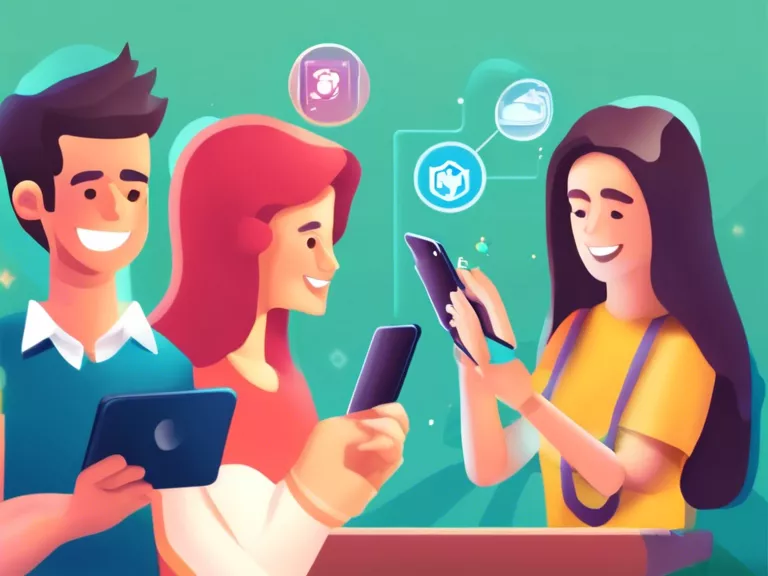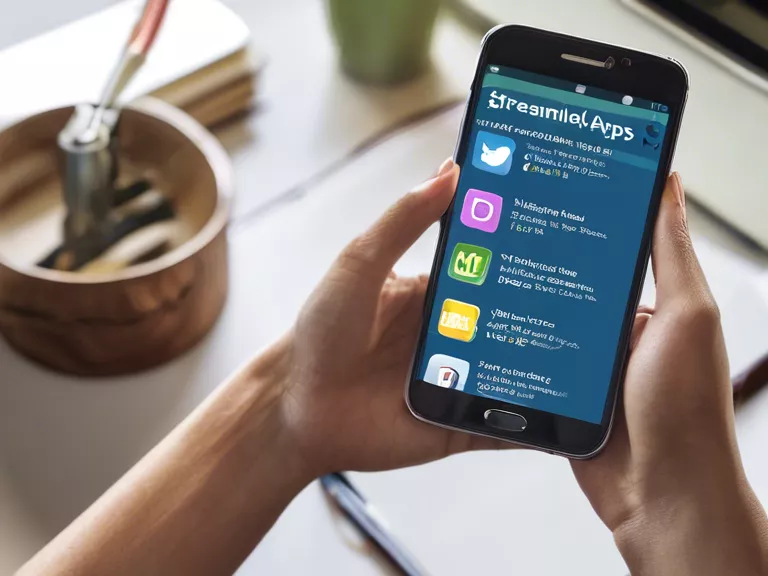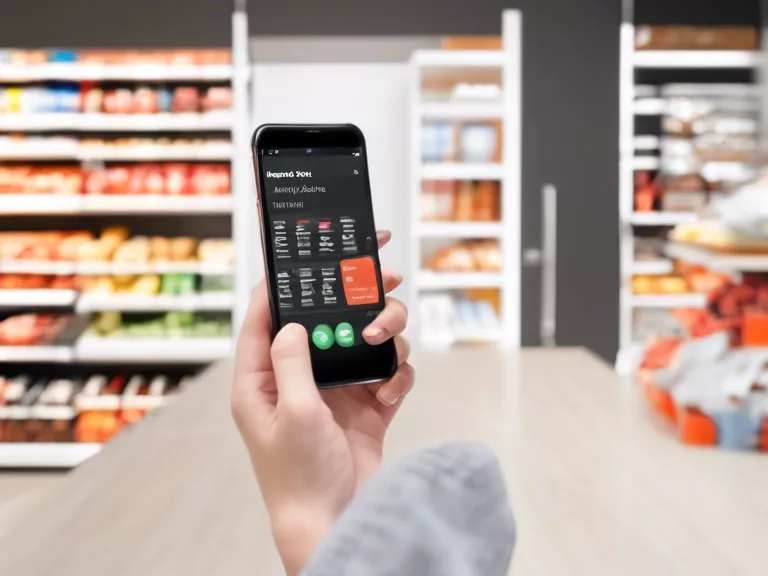
With the rise of mobile technology, educational apps have been experimenting with gamification to make learning more engaging and fun for users. By incorporating game elements such as points, badges, leaderboards, and challenges into the learning experience, these apps are able to boost user engagement and motivation. Gamification not only makes learning more enjoyable but also encourages users to stay committed to their educational goals.
One way mobile apps are gamifying learning is through the use of quizzes and tests. Apps like Quizlet and Duolingo have turned traditional study methods into interactive games where users can earn points for correct answers and compete with friends or other users on leaderboards. This competition and sense of achievement drive users to continue learning and improving their skills.
Another popular gamification technique is the use of narratives and storytelling. Apps like Kahoot! and Classcraft create interactive stories that guide users through various challenges and tasks, making learning more immersive and engaging. By incorporating a narrative element, users feel more invested in their learning journey and are more likely to stick with the app.
In addition to quizzes and narratives, mobile apps are also using rewards and incentives to motivate users to learn. Apps like Rosetta Stone and Memrise offer virtual rewards such as badges, trophies, and levels as users progress through their lessons. These rewards serve as positive reinforcement, encouraging users to keep pushing forward and reaching new milestones in their learning.
Overall, gamifying learning through mobile apps has proven to be a successful strategy for increasing user engagement and retention. By tapping into users' intrinsic motivation to play games and compete, educational apps are able to make learning more enjoyable and effective. As the technology continues to evolve, we can expect to see even more innovative ways in which mobile apps gamify learning and empower users to achieve their educational goals.



